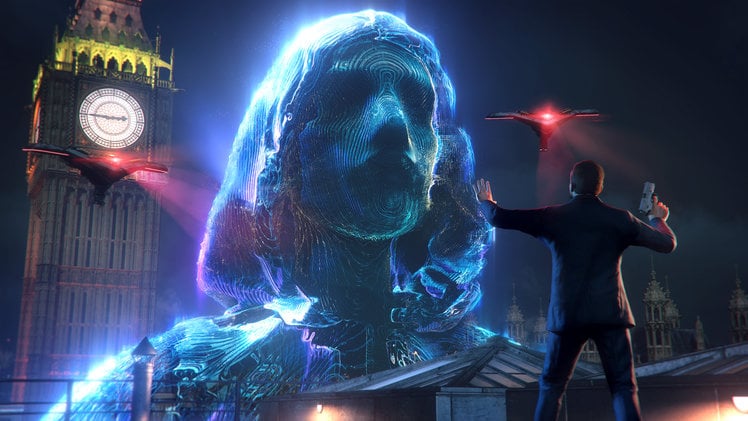
Watch Dogs has always had a fascinating premise – to be able to hack and interact with every technological item in the game world. However, the first forgot to add the fun.
The second game was much better, adding satire and wit to its clever concept – resulting in a sort of Mr Robot meets Silicon Valley. It also swapped the dull and dreary Chicago for the colourful and eccentric beauty of San Francisco.
Now we get something in-between. Watch Dogs: Legion is set this side of the pond, in old London Town, and from our four hours play of an advanced preview build, we can say it is neither as po-faced as the original title, nor comical as the first sequel. It is also dreary and colourful in equal measure. Oh, and it is a proper slice of genius too.
Maybe it’s because I’m a…
We played the latest build over the cloud – such are the times we find ourselves in – so it’s hard to say anything about performance at this stage. And while we suffered a little frame dropout, thanks to Wi-Fi connectivity rather than source, we barely noticed – such is the immersive nature of, what many will no doubt be calling ‘Watch Dogs 3’.
Even from our effectively brief amount of time with the game, it’s clear just how massive it is. As well as the mindboggling concept of being able to recruit and then play as anyone who walks the streets, a large slice of the UK’s capital is open to explore. It’s also very recognisable to every Londoner and, while there are obvious and cheeky alterations to keep things manageable and playable, you will see more than faux landmarks to give you a sense of location.
The streets, pavements, even signage and colour pallette are spot on, albeit with a slightly futuristic tinge – tech is a bit more advanced and the city has been taken over by a security company, Albion, that even the police force is beholden to.
Our only gripe in this respect is that, during our time with the game, it rained almost incessently. Now, ironically, it is bucketing down in the south of England as we write this, but it doesn’t rain in the capital as often as portrayed. Still, it gives Ubisoft an ideal opportunity to show some excellent reflection effects in the puddles, so we can’t really complain.
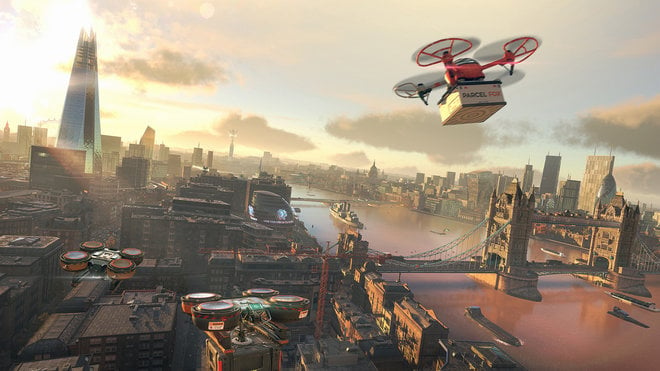
Other than that, everything about the city seems well crafted and we can’t wait to explore it fully. We mainly just stuck to missions and recruitment in our limited time, so just having a wander or drive will be one of the first things we do when the final game comes in.
As it was, we essentially saw sections that we had to travel to for story or side quests. And, on the whole, we fast-travelled to each through the London Tube network. All you have to do is select a station on the large map and you appear in that station – that’ll be handy for sure, once our yearnings for tourism are sated.
Having a bubble
Slightly less accurate are the accents you hear throughout the game – at least during our four hours’ worth. Seemingly, Ubisoft feels that everyone in London either sounds like the Queen or Danny Dyer, with very little inbetween. You do get used to it, but if you’re not fond of the f-bomb, Guy Ritchie movies or mockney epithets, you might find it a tad more grating.
British DedSec recruits in particular like to drop an unholy amount of swear words into their dialogue, while enemies – especially those employed by gang boss Mary Kelley – have mouths like dockers (as our East End grandparents used to say).
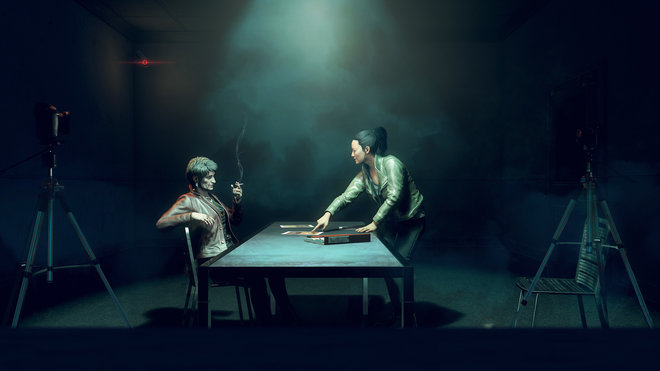
It does set a decent scene though, and sets the game apart from its predecessors. Accents aside, there is something very British about it all – with some keen lampooning of James Bond and other cinematic tropes that will delight fans.
We also giggle at the idea that the vast open-world games playing audience will have to get used to driving on the left-hand side of the road. It even foxed us once or twice, considering how used we are at playing titles set in the States.
Get over ‘ere me old china
Beyond occasionally grimacing at a dodgy bit of dialogue delivery and marvelling at the scenery, we also undertook plenty of actual missions – both story and recruitment.
The former are well structured and will take you through quite a selection of different objectives and even play styles. They are fairly linear, although you can approach many of them in different ways – either through stealth (advisable) or by rushing in guns a’blazing. We found we started out one way but soon ended up switching to the other after things invariably went “tits up” – as our character at the time would undoubtedly say.
Where Watch Dogs: Legion story missions differ from other open-world games, however, is that you can actually prepare for them beforehand, by recruiting a different operative that’s best suited to the task. And that’s where the latter mission types become more than just a cool idea.
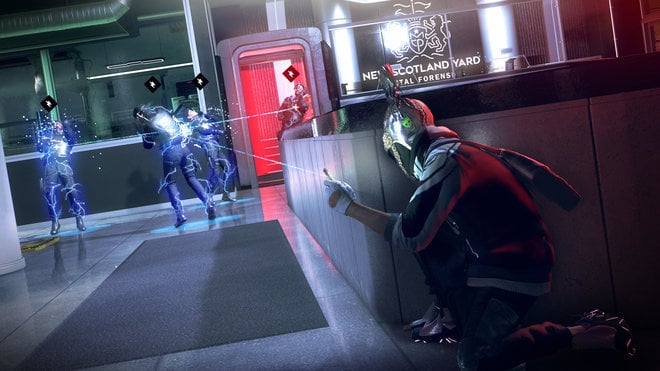
Say, for example, you need to get into the Metropolitan Police headquarters – as we did in our playthrough. You can do it as any DedSec operative. However, recruit a police officer to the cause first and you’ll find it’s much easier to get past security and into the building proper.
Or, if you need to rescue a fallen DedSec member who was shot or captured on a previous mission, recruit a paramedic who can get into a hospital more easily.
Different recruits and their different uniforms will likely always come in handy somewhere down the line. They also have different skill sets, which you can see by scanning them before you approach, so you can tailor your entire gameplay experience as you go, often based on the style that suits you best. It’s a cunning game mechanic that ends up overshadowing the hacking toolset carried over from previous Watch Dogs (for us, at least) and something we expect you’ll spend as much time on as the campaign itself.
Changing the old whistle
Certainly recruitment missions are fun. All you have to do to start one is scan your target, check out their skills and then approach them. Some won’t be receptive to your advances at first (indicated by a red icon), but could be won over if you perform a few tasks.
Others are more keen to join DedSec but will need a bit of help first. These mini-quests can be as simple as delivering a parcel from one location to another, up to multiple hacks required in heavily secure locations. You don’t know which until you actually engage your target for the first time and, of course, you can just walk away.
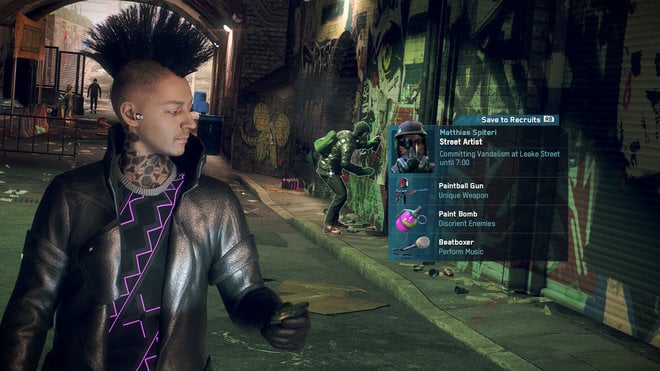
You can also tag someone as a potential recruit and come back to them later – such as when their profile could perfecty suit the next stage in the story.
Once recruited, they stay in your team menu until called upon. You can either do this between missions, swapping between them, or forcibly when you have been arrested, critically injured or even killed. The game has permadeath, so a recruited character cannot return if they do meet a sticky end, but at least you can then hop into the shoes of another.
Luckily, that didn’t happen to us. We did get badly injured though, so went on a hunt for a medic to get our previous character out of hospital. As it happened, we were too late as out of action avatars come back into the fray after a set time anyway.
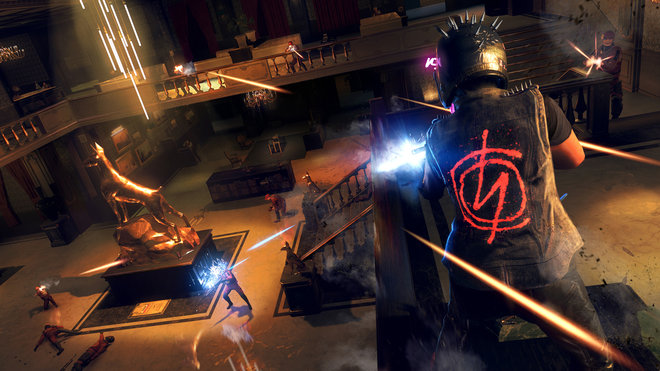
As well as the sheer fun of recruitment – our Ubisoft “handler” had to politely suggest we stop recruiting “half of London” if we wanted to see more of the story – it’s great fun playing as radically different personalities. This is such a departure from the usual open-world fare and certainly expands greatly upon GTA V‘s three playable leads.
It’ll also likely make your game experience totally different to someone else’s. It might even increase replayability as you could end up doing the same mission with a young spy-like character one time, then an old granny another. We can’t wait to find out for ourselves with the final game.
